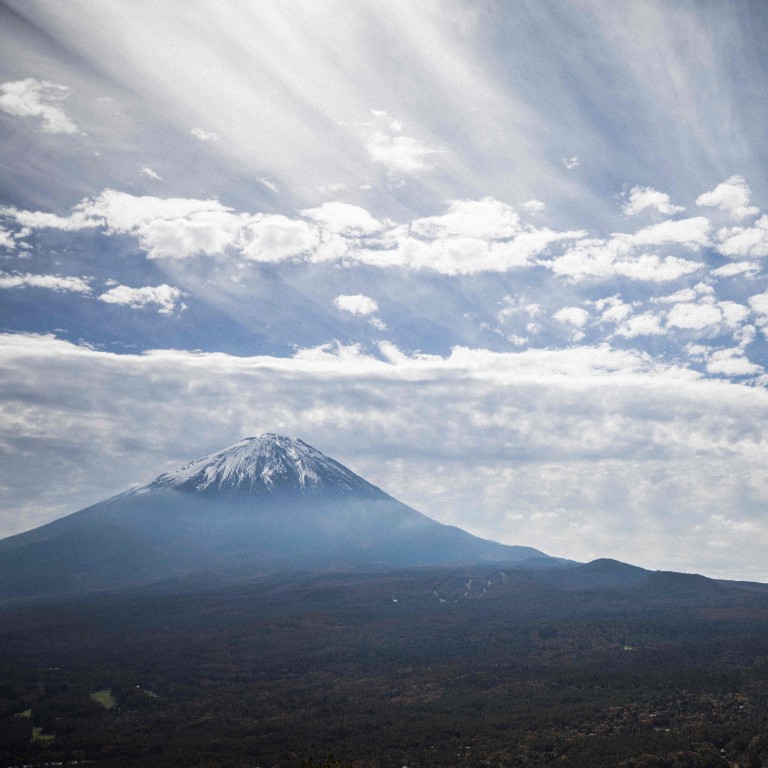
Why are Russians twice as likely to kill themselves as Japanese?
- Fewer than 20,000 people took their own lives in 2019, the lowest total since statistics on the issue were first collected in 1978
- But there is still work to be done, as Japan still has a higher suicide rate than the likes of Australia, Canada, China and Germany
The number of Japanese people who took their own lives in 2019 fell beneath the 20,000 threshold – a record low since statistics on the issue were first collected in 1978 – but experts say the total is still significantly higher than in other developed nations.
A total of 13,937 men killed themselves during the year, down by 353, while the number of female suicides came to 6,022, down by 528 to a record low. Japan’s rate of suicides per 100,000 people also fell to a record low of 15.8.
“This is clearly a positive development and we are down from a high of 33,000 deaths a year in 2003 or so, but the numbers are still too high for a developed nation,” said Vickie Skorji, director of the Tokyo-based TELL Lifeline counselling service.
According to statistics provided by the World Health Organisation in November, the global suicide rate for 2016 – the most recent year for which comprehensive data is available – stood at 10.5 per 100,000 people.
Russia was top of the list with 48.3 suicides for every 100,000 people, while there were 11.7 in Australia, 10.4 in Canada, 8 in China and 9.1 in Germany.
Afghanistan remembers Japan’s Tetsu Nakamura, the slain doctor who brought water to thousands
Suicide numbers in Japan began to go down from the mid-2000s after a series of government initiatives, according to Skorji from TELL Lifeline.
Previously, a high percentage of suicides were among men in their 40s and 50s who felt the impact of the global economic crisis in 2007-08 and concluded that their dependents would be better off with a life insurance payout.
Things began to change when insurers started delaying payouts for two years and local governments started offering advice and support for people encountering financial difficulties.
In rural areas, meanwhile, outreach programmes were introduced to provide community-based counselling and activity centres for the most at risk, such as elderly people living alone.
The government has also proposed amending legislation to provide counselling services for anyone with mental health concerns.
Skorji said NGOs in Japan still lacked sufficient financial support to provide more community support and education programmes.
“These latest figures are great, but close to 20,000 deaths is still too high and there is a lot of work to be done, particularly in the area of youth suicides,” she said.
If you are having suicidal thoughts, or you know someone who is, help is available. For Hong Kong, dial +852 2896 0000 for The Samaritans or +852 2382 0000 for Suicide Prevention Services. In the US, call The National Suicide Prevention Lifeline on +1 800 273 8255. For a list of other nations’ helplines, see this page

